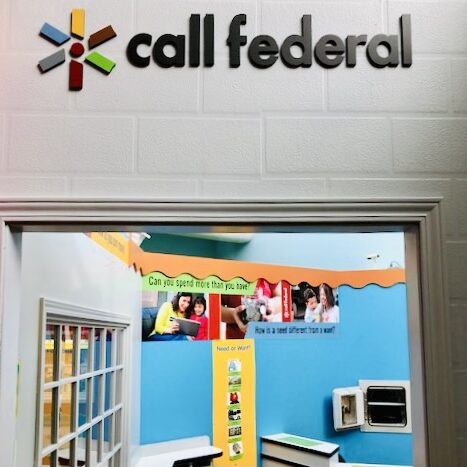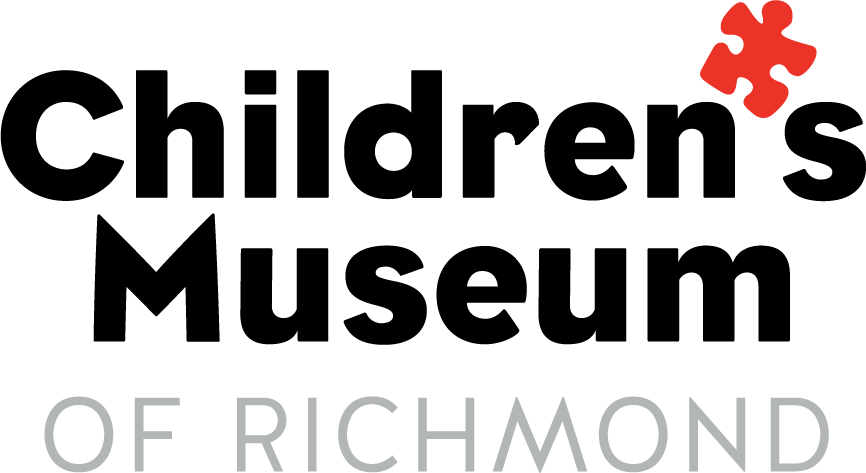Playing with Pennies
During FInancial Literacy Month, teach money basics through play
Published on April 24, 2021

By Leah Farnham (teacher, mom, CMoR member)
What does your child know about coins and bills? Most kids these days are more familiar with plastic cards or apps as a form of payment, but being able to use cash is an important life skill. By the end of kindergarten, teachers will expect your child to be able to identify coins and their values.
The most meaningful exposure for your child will always be the practical, real world use of money. Some fun ideas for getting your child interested in money are: identifying quarters for gumball machines, allowing your child to purchase small toys or candy using coins, and discussing how much a particular item at a store costs. By including children in the use of money, they gain a natural interest in math.
In honor of FINANCIAL LITERACY MONTH, here are some fun activities to engage kids in exploring money.
Sorting Coins
I love sorting activities because they use children’s innate ability to notice similarities and differences between items. My toddler can walk into my house and notice any differences immediately, especially if they are toy or food related. Kids are little detectives so it’s always fun to capitalize on these skills.
To do this activity, simply grab a pile of coins and some containers to sort the coins into. As the child sorts, discuss what each coin looks like. It is helpful to point out that each coin has two sides with different pictures. You can even talk about what some of the pictures mean – something I often have to look up to remind myself.
You can explain the names and values of the coins during this activity, but younger kids will most likely not be able to retain this information yet. Our goal is to give them repeated exposure so they are primed for learning when they are developmentally ready.
Cleaning Coins
Now that you have sorted the coins, it is time to clean your pennies. Pennies are the first coin to focus on for preschoolers. They have a value of 1 cent and your child may still be developing the ability to count one to one. In this activity, we will complete an experiment to see what ingredients clean pennies better.
Ingredients:
Ketchup
White Vinegar
1 tsp Salt
Pennies
Instructions:
Put the ketchup in a small dish.
Put the salt into a small dish and cover with vinegar. Stir until the salthas dissolved.
Place a penny into each dish so that it is covered by the mixture.
After 5 minutes, take the pennies out and wash them off. Compare to see which penny is cleaner.
A few tips:
-Our salt and vinegar mixture worked way better than the ketchup. I wonder if it is because I used low sodium ketchup? I’d love to see your results to compare!
-Try to pick pennies that are brown or dirty looking to see a more noticeable result.
-Repeat the process to see if your results are the same.
-As you place the pennies into the dish, have your child count them. One-to-one correspondence is an important skill that allows your child to count in groups. How high can your child count?
-We ended up putting all of the pennies into our salt and vinegar solution to get them clean. We loved watching them bubble. For older kids, research why this works to clean pennies. It’s actually a chemical reaction!
Spending Pennies
After cleaning your pennies, it is time to play store (a game my kids never tire of). Have your child pick out a few toys to put into your pretend store. Use a sticky note to give each item a price (we chose to stay under 10 cents). In order to buy things from my store, my kids had to give me a piece of paper with the correct amount on it. I challenged them to create rubbings with the correct amounts.
To create a rubbing, place a piece of paper over a penny and color the penny with a crayon. As they colored, we talked about how many more pennies they would need. I asked, how many would you have if you had one less? We also discussed the idea of saving money. My toddler made a rubbing of 3 pennies, but decided to save those pennies instead of spending. He wanted a toy that cost 6 pennies instead so he added more rubbings to his paper.
The concepts of saving, spending, wants, and needs will involve on-going learning. It is helpful to give kids an idea of the responsibilities that come with using money. Follow up with this coloring page from Call Federal and discuss why each item is a need/want. After playing with pennies, maybe you could use them to start a piggy bank to allow your child to save for things!
Visit the Call Federal Bank Exhibit at CMoR
The Call Federal Bank exhibit is at both CMoR locations and is a favorite for my kids. They love to play the money matching game and to use the pretend money. This is another great opportunity to discuss money concepts through play. If you are eager for more information, Call Federal has some nice resources on their Money and Beyond Jr. page.
Be sure to share this post and your penny results with us on Facebook or Instagram!
